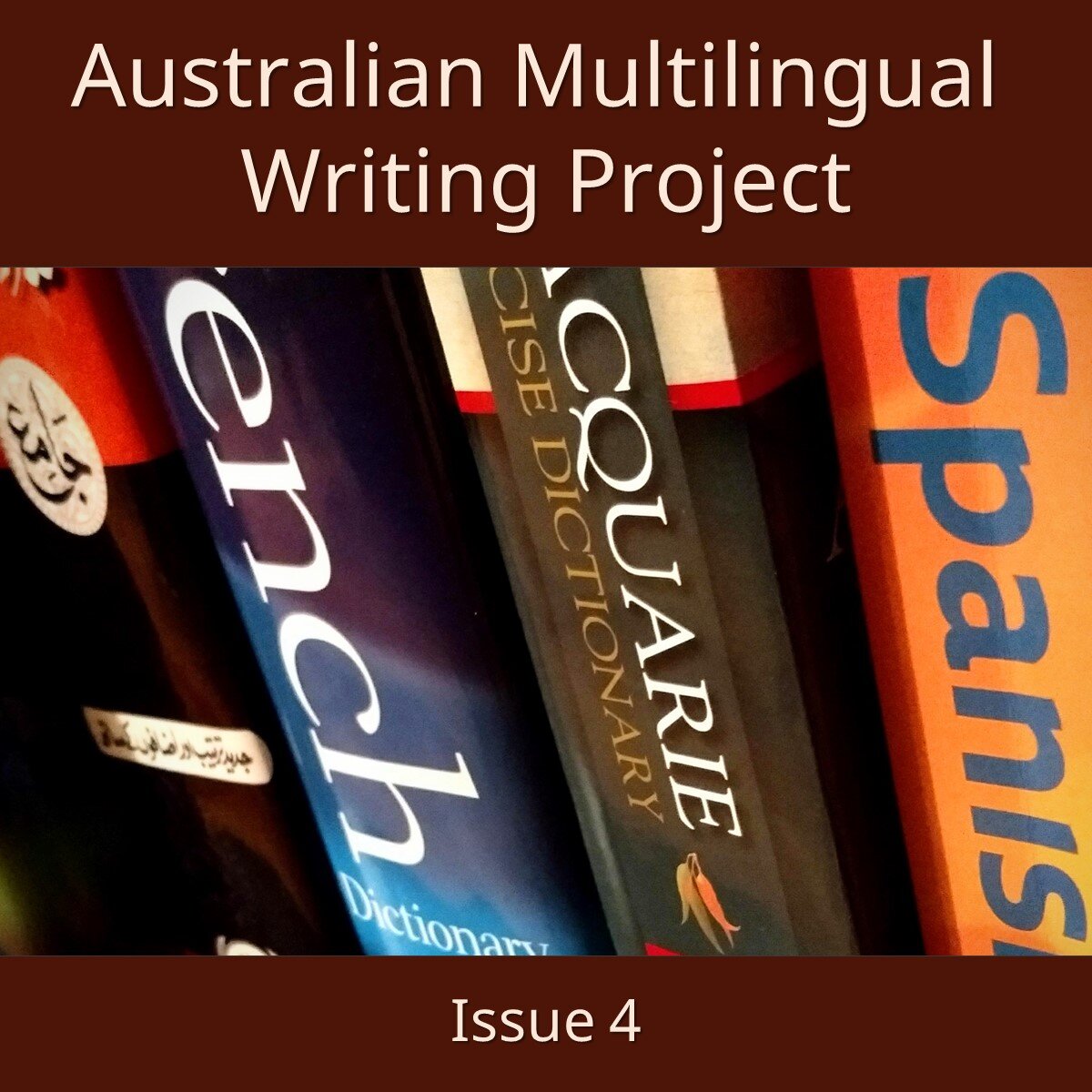Introduction to AMWP Issue 4
This new issue of the Australian Multilingual Writing Project brings with it quite a few changes. In January this year, the AMWP received an Australia Council grant that will support our publication for the next few years. In addition to being able to pay our contributors better, this means that we can now also pay our editors. With this in mind, I put out a call for multilingual editors who might be interested in working with us if we received submissions in their languages. I was overwhelmed by the response (a running theme – you’d think I’d have understood by now that the appetite for multilingual writing in Australia is in fact quite big) and ended up adding about 60 editors to our database, some of whom contributed their efforts to this issue. I hope in time to be able to engage them all.
In addition, as we always receive a high volume of Spanish and Chinese submissions, I invited Vanessa Giron and Grace Feng Fang Juan to join the AMWP as our in-house Spanish and Chinese language editors, respectively. Their work has been invaluable in putting together this issue.
And finally, thanks to Ameel Khan’s efforts, our website has received a much-needed update as well.
With 19 individual works spanning 20 languages, Issue 4 is our biggest yet. For the first time, we are publishing artwork that addresses language alongside poetry and prose. The process of receiving and selecting art submissions has been an exciting and an informative one, and I hope that readers find these works as powerful and affirming as we did.
Producing art and words in an unjust world is difficult but necessary. The growing expression of rage against police brutality, particularly against Black and Indigenous people here and elsewhere, the upheaval caused by the global pandemic, and the Australian government’s attacks on the arts sector and universities in the midst of it all, have all made 2020 feel like the worst of years. It is however useful to remember the world has always been unjust and that everywhere people have been fighting that injustice for a long, long time.
Art and literature are how we remember. In these pages, you will find reflections on protest, resistance, survival, resilience, and wisdom encoded in language and passed down through generations. Alongside these are works that gently explore expatriate and familial grief, that roll around in their mouths words for the multiple kinds of losses endured because of one kind of distance or another. But these cannot help but become affirmations as well. Speech, language, utterance, art are all also ways of finding connections, resonances, commonalities and support. The works published in this issue are, in the end, celebrations of the complexity of our lives as we do our best to not just survive but actively engage with and change the world we have inherited.
— Nadia Niaz

